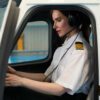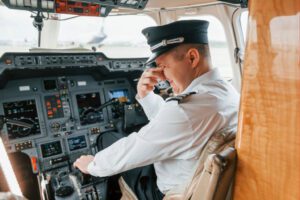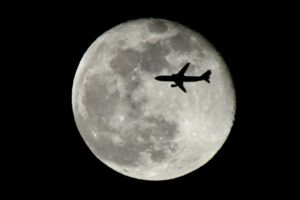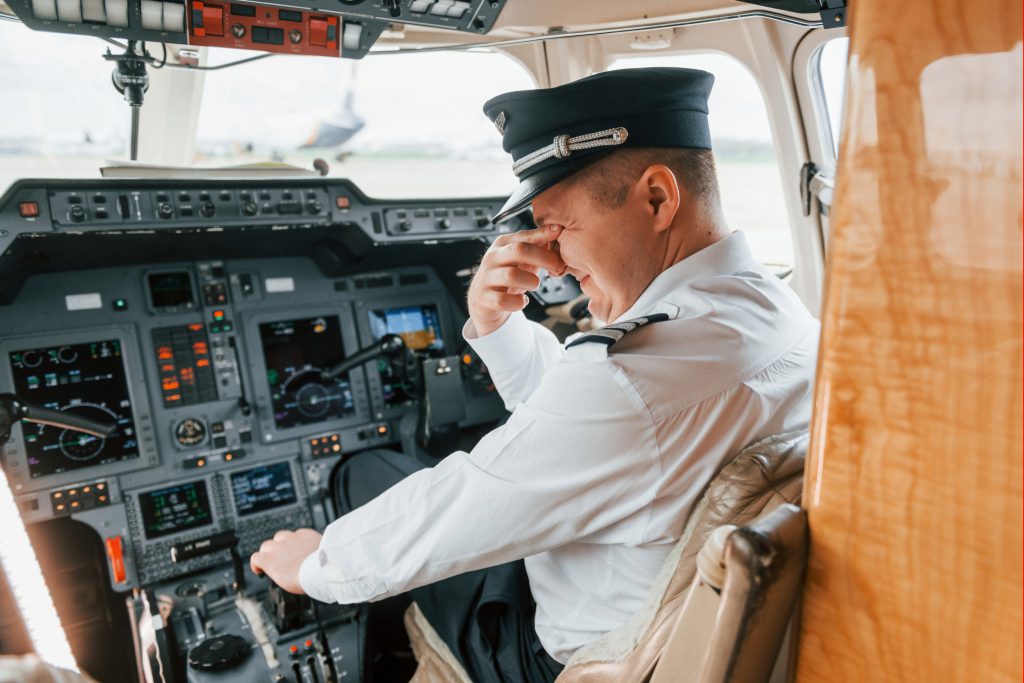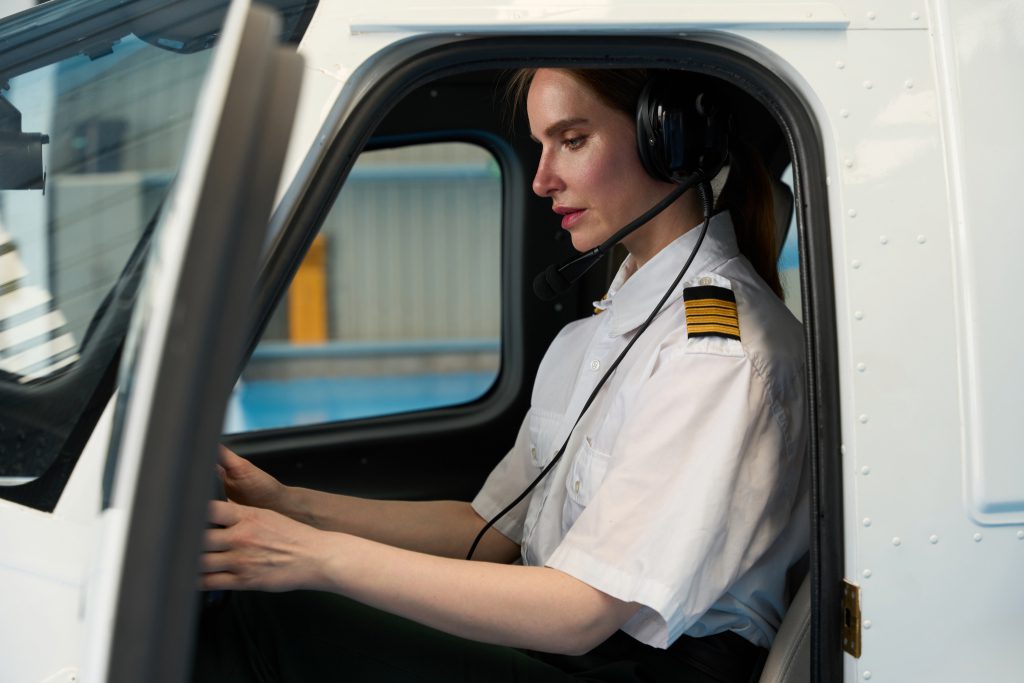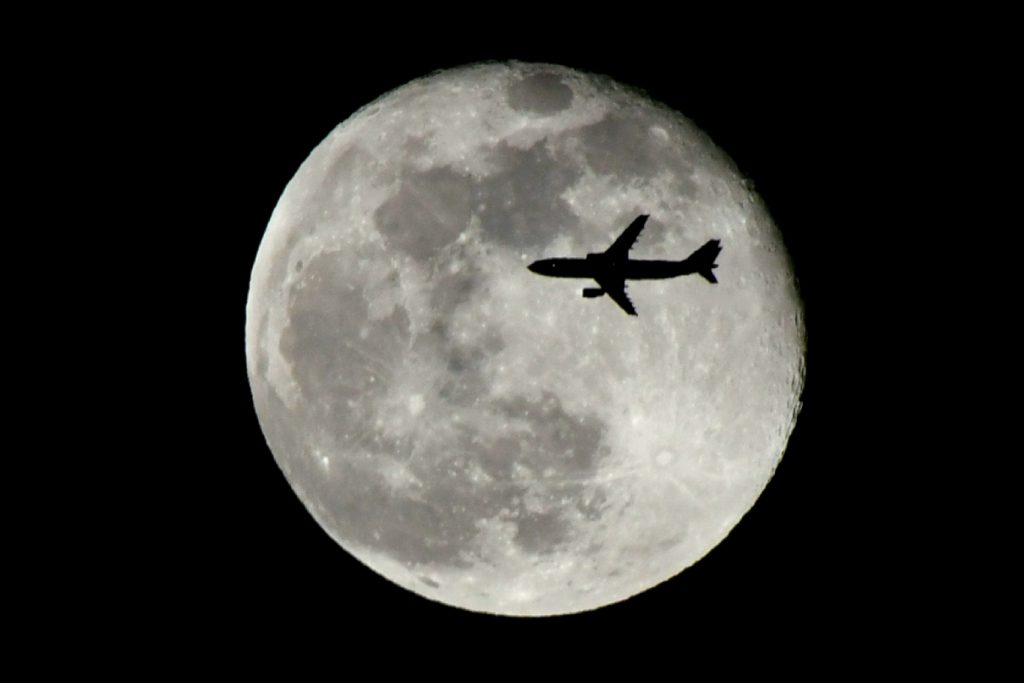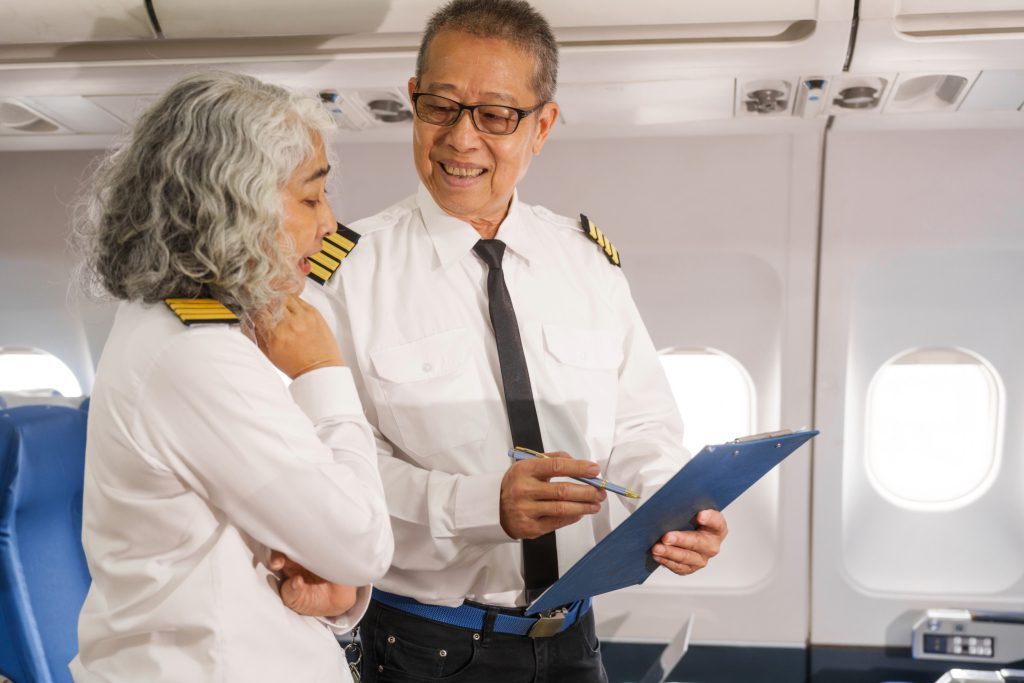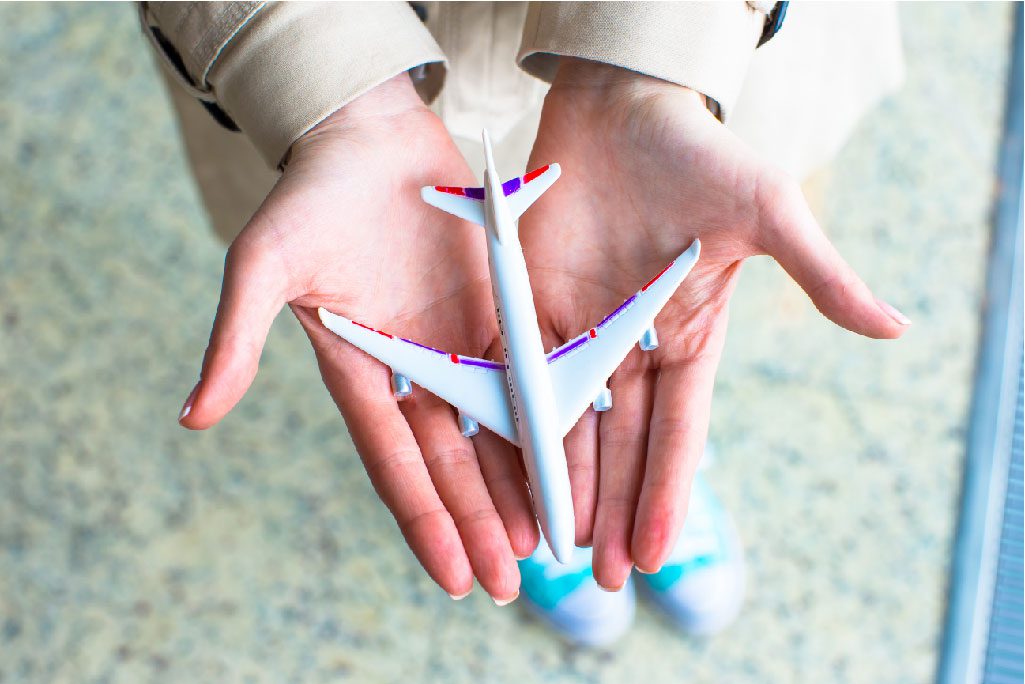Achieving a Private Pilot License (PPL) is a benchmark accomplishment. It demonstrates that a pilot has the skills and knowledge to safely operate an aircraft. For many pilots, however, the PPL is just the first step. The next step is to work towards a Commercial Pilot License (CPL), Instructor Rating (IR), or even an Airline Transport Pilot License (ATPL) and for this, a specific amount of flight hours need to be built.
How do you make the most of your flying windows after attaining a PPL? Let’s understand the most useful techniques to amass flight hours while gaining crucial experience.
Why Hour Building Matters
Airlines and regulators don’t just want to see a minimum number of hours logged — they want pilots with varied, meaningful experience. Flying only short local flights may get your logbook to the required number, but it won’t prepare you for real-world airline operations. The goal is to build quality hours that develop your confidence, decision-making, and versatility.

Ways To Build Flight Hours
Cross Country Flying: Whether it is the pilot’s first flight or a new airfield, passengers want to get to their destinations as quickly as possible. Value the Cross-Country trips. They not only enhance the pilots navigation skills, but also his radio communication and fuel planning skills, which are all important for his career.
Night Flying: If you still don’t have a Night Rating, this is a good early addition to your qualifications. Night flying enhances your reliance on instruments and your situational awareness, both of which are vital for a future career in aviation.
Time Building Packages: Some flight schools have discounted hour building packages which allow for the rental of an aircraft for certain blocks of time. This is a good and flexible flying schedule.
Flying With Other Pilots: Work with fellow students or with a recently licensed pilot. Cost sharing is a good way to practice crew resource management and decision making.
Volunteer Flying: Look into flying for clubs, charities, or other organizations that use small planes for outreach and transport. While opportunities can differ from one country to another, volunteering tends to offer real missions and purpose with hour building.
Aeroclub and Flying Club Membership: Access to a fleet of aircraft at reduced rental rates, and meeting a community of pilots is possible by joining a local flying club. Regular flying with friends and club members exposes you to different techniques and approaches. You can search for flying clubs in your area on EAA’s website.
Practice Under Different Conditions: Take advantage of every opportunity to see different seasons and the different types of weather. Learning to adapt to more challenging environments will make you a better pilot.
Think About Instructing (Long-Term): In some areas, after obtaining a CPL and Flight Instructor Rating, it is common for pilots to build their hours by instructing. Thinking about this possibility now can help you better plan your training schedule.
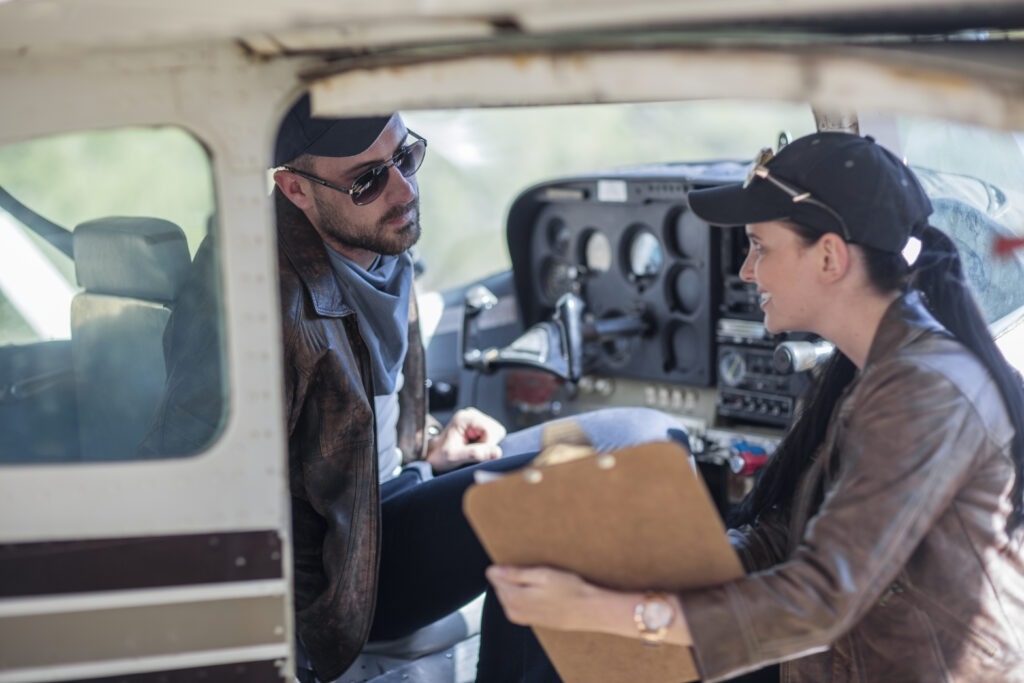
Advice on How to Increase Your Logged Flight Hours
Log With Intention: Schedule flights to work on specific problem areas instead of flying for the sake of flying.
Reduce Overall Spending: Use a smaller, more fuel-efficient aircraft whenever possible.
Stay Active: Consistently schedule flights. Going on long breaks will slow your progress and increase costs.
Build Your Network: Find other pilots, instructors, and join your local aviation clubs. Private connections can open doors to new job opportunities.
Conclusion
Gaining flight hours after obtaining a PPL is a lot more than just amassing hours. It is about laying a foundation of diverse flying experience that will benefit your career for a lifetime. By flying cross-country, obtaining additional ratings, participating in flying clubs, and having a goal for every hour flown, you will not only achieve your CPL or ATPL faster, but also, you will evolve into a better pilot and a safer aviator.


